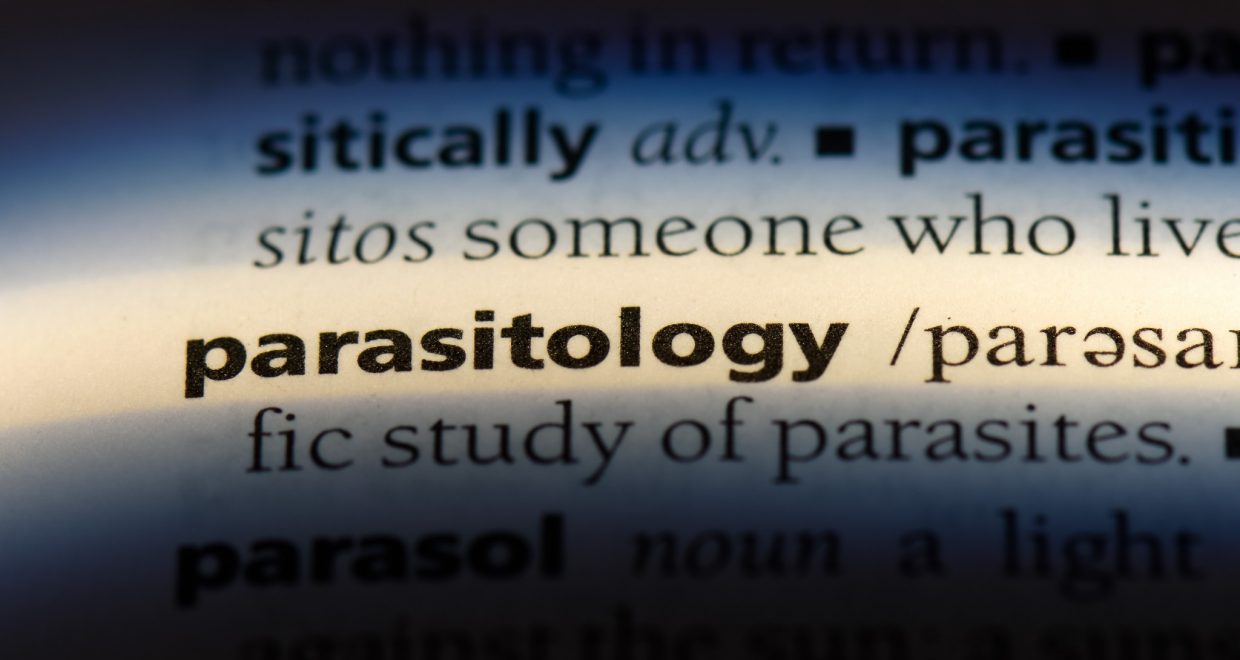Using sugars to diagnose cutaneous leishmaniasis
The latest Paper of the Month from Parasitology is ‘Anti-α-Gal antibodies detected by novel neoglycoproteins as a diagnostic tool for Old World cutaneous leishmaniasis caused by Leishmania major’ by Krishanthi S. Subramaniam, Victoria Austin, Nathaniel S. Schocker, et al.
It is said that “beauty is in the eye of the beholder” and it is true that our perception of what is and is not beautiful is influenced by cultural, social and environmental factors. However, for individuals suffering from the debilitating skin disease, cutaneous leishmaniasis (CL), this saying does not hold much weight since the resulting disfigurement can be indisputable. CL is an infection caused by the Leishmania parasite and is transmitted through the infectious bite of the female sandfly. Recent figures find that 1.3 million new cases of CL occur annually; with most clustered in the Middle East, North Africa and Latin America. Although CL is mild and not life threatening, one of the major disease hallmarks is permanent skin disfigurement or scarring that can lead to severe stigmatization and can negatively impact an individual’s psychological, social and economic well-being. Moreover, in countries where historically women are identified as a marginalized group, CL can constitute a major threat to their socioeconomic status as a gender and social class.
Typically, CL lesions are self-healing however, treatment is still necessary to facilitate the healing process, minimise significant scarring, and decrease disease relapse. Pentavalent antimonial compounds are the crux of anti-leishmanial therapy yet, this treatment has several disadvantages including expense, lengthy treatment times, invasive delivery routes, and severe toxicities. In areas where multiple Leishmania species co-exist like the Middle East, clinical decisions regarding efficacious treatment strategies require accurate identification of which Leishmania species is causing disease in lieu, that certain Leishmania strains are drug refractory. To further complicate clinical diagnosis, CL lesions can appear morphologically like other neoplastic and inflammatory skin disorders. At present, CL diagnosis relies heavily on microscopy which despite being quick, easy and cheap, retain two major disadvantages: diagnostic accuracy depends on the skill level of the microscopist and identification of Leishmania species is not possible.
The work published in June’s issue of Parasitology by Subramaniam et al.1, from the Liverpool School of Tropical Medicine in collaboration with the University of Texas at El Paso, focuses on developing diagnostics for Old World CL that can potentially be used in point-of-care, especially in resource-limited settings. The assay described in the paper takes advantage of the Leishmania parasite’s surface architecture, which is abundantly decorated with species-specific sugar structures some of which contain immunogenic alpha-Galactose (α-Gal) residues. Since α-Gal residues are not made by human cells, people infected with Leishmania sp. have high levels of anti-Gal antibodies, which can be detected by ELISA using synthetic alpha-galactosylated neoglycoproteins (NGPs) as antigens. These NGPs consist of bovine serum albumin (BSA)-conjugated via a linker molecule to either a single α-Gal residue or short oligosaccharides containing varying α-Gal termini. In testing these proteins in sera from CL patients from Saudi Arabia, the authors have identified certain α-Gal NGPs that can potentially be used to diagnose CL caused by Leishmania major. To ensure specificity these candidates were also tested against sera from patients with other non-CL skin infections. The results from this work further support the growing evidence demonstrating the utility of anti-α-Gal antibodies as potential biomarkers for CL infection. Work is ongoing to further assess more NGPs to identify other Leishmania species with the hope to create a rapid, point-of-care test that can diagnose CL and also identify the causative parasite species.
Read the full article ‘Anti-α-Gal antibodies detected by novel neoglycoproteins as a diagnostic tool for Old World cutaneous leishmaniasis caused by Leishmania major‘ for free until October 31st.

Credit: Lee Haines






That is really attention-grabbing, You’re an overly skilled blogger.
I’ve joined yohr fedd and look ahead too in search of extra of your wonderful post.
Also, I have shared your web site in my social networks
you’re actually a just right webmaster. The website loaading velocity is amazing.
It sort of feels that you are doing any unique trick.
Moreover, The contents aare masterwork. you’ve performed
a great job in this subject!
I rattling happy to find this internet site on bing, just what I was looking for 😀 besides saved to my bookmarks.
This is the right site for anyone who wants to find out
about this topic. You understand so much its almost
hard to argue with you (not that I really would want to?HaHa).
You definitely put a brand new spin on a topic which has been written about for years.
Great stuff, just wonderful!